Porsche Lowers Outlook as China Demand Weakens and U.S. Tariffs Bite
Porsche AG $PAH3.DE, the iconic German automaker renowned for its luxury sports cars and engineering prowess, reported a significant drop in its first-quarter operating profit as it grappled with deteriorating demand in China and rising U.S. import duties. The company disclosed a quarterly operating margin of 8.6% — notably below analysts’ expectations and far from the double-digit margins it has historically maintained.
This downturn prompted Porsche to revise its full-year guidance, reflecting the mounting impact of a tougher macroeconomic climate. The luxury carmaker reported revenue of €8.86 billion ($10.08 billion), a 1.7% decline year-over-year. More strikingly, operating profit tumbled 40.6% to €0.76 billion, suggesting that macroeconomic volatility and global trade friction are beginning to squeeze even premium auto brands.
Behind the Numbers: What's Fueling the Decline
In a statement accompanying the earnings release, Chief Financial Officer Lutz Meschke cited ongoing macroeconomic uncertainty, particularly in China — Porsche’s largest single market — as a central factor in weakening performance. Additionally, recent fluctuations in U.S. trade policy have resulted in elevated import duties on European automobiles, adding another layer of pressure on the company's cost base and pricing strategy.
Challenges Driving the Downshift
Demand Contraction in China
China's slowing economy and increased competition in the electric and luxury vehicle segments have dampened consumer appetite for premium foreign brands.
Tariff Pressures in the U.S.
Porsche has been directly impacted by the U.S. government's latest adjustments to import tariffs, which are particularly punitive for European automakers with transatlantic supply chains.
Foreign Exchange Volatility
Fluctuating exchange rates, especially the weakening yuan and dollar volatility, have reduced earnings converted back to euros.
Rising Input Costs
Global inflationary pressures continue to inflate costs for raw materials, logistics, and technology integration.
Model Cycle Timing
The company is in a transitional phase with limited major new product launches, which typically drive higher margins and consumer interest.
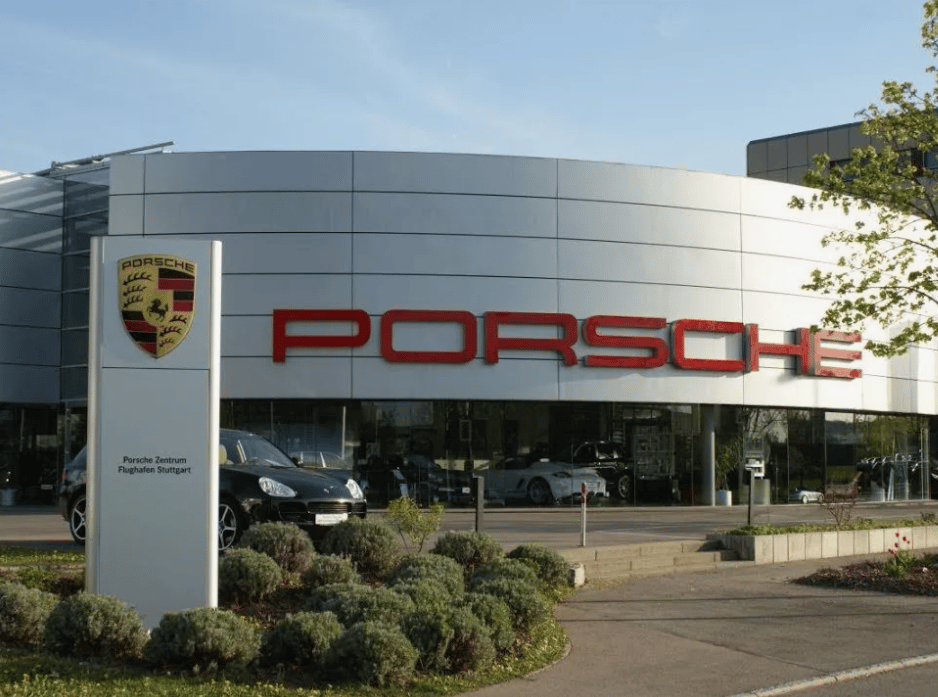
Efforts to Stay on Track Despite Market Potholes
Cost Efficiency Initiatives: Porsche is accelerating internal cost control programs to offset margin pressure, with a particular focus on supply chain optimization.
Electrification Push: The automaker remains committed to its EV roadmap, banking on the upcoming launches of the all-electric Macan and 718 models to boost future sales.
U.S. Localization Strategy: To reduce exposure to tariffs, Porsche is exploring supply chain restructuring and increased local production partnerships in North America.
Product Diversification: Porsche continues to expand its luxury lifestyle and digital services offerings, aiming to broaden revenue streams beyond traditional car sales.
Brand Resilience Campaign: Marketing investments are being channeled into reinforcing Porsche’s premium image across mature and emerging markets alike.
Outlook Clouded, but Long-Term Fundamentals Intact
While the near-term forecast has dimmed, Porsche’s management remains cautiously optimistic about medium-term resilience. CFO Jochen Breckner emphasized the company's strategic focus on flexibility and innovation to navigate economic uncertainty. "We can’t completely insulate ourselves from global turbulence, but we are doing everything possible to remain competitive and agile," he noted.


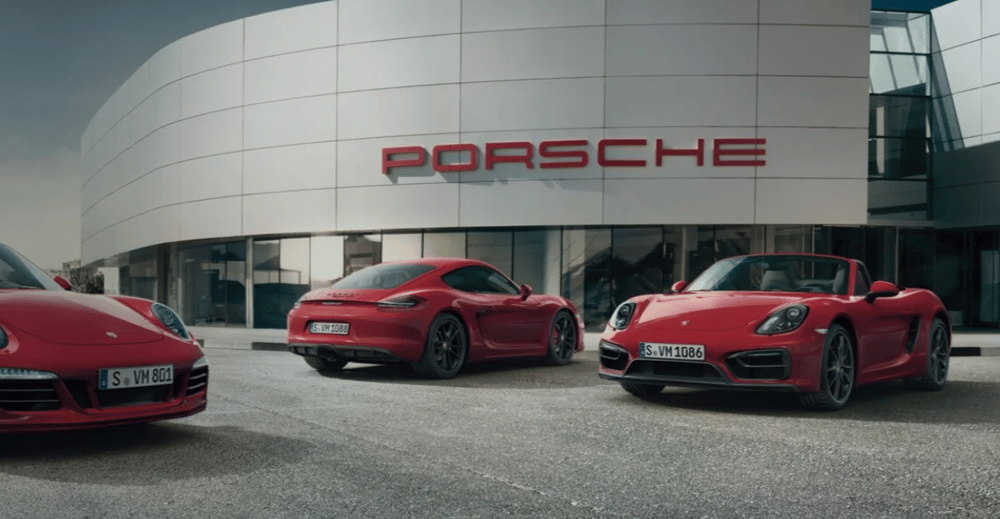
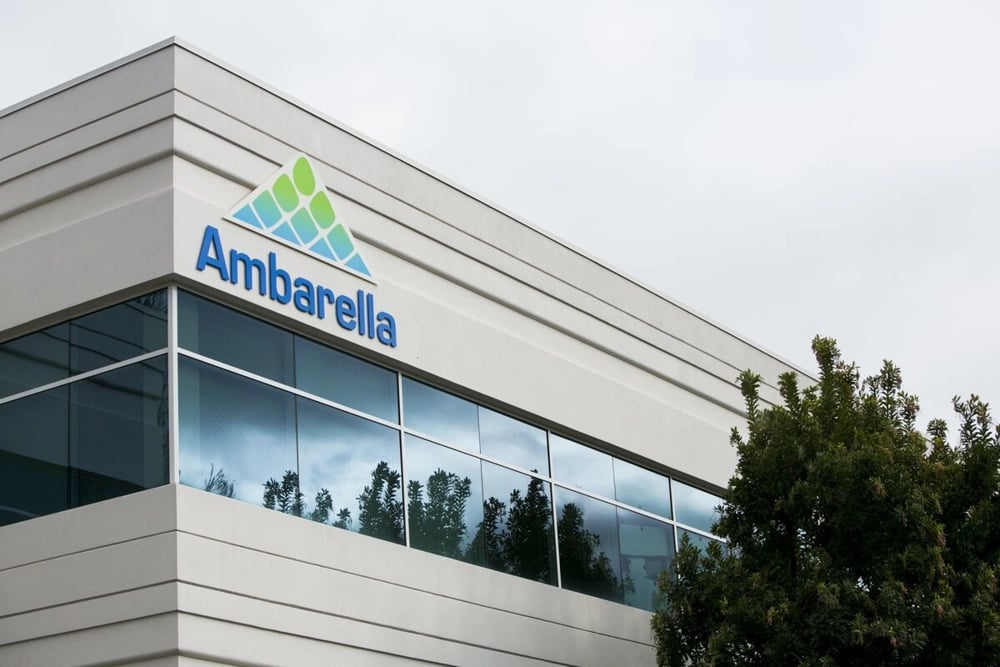
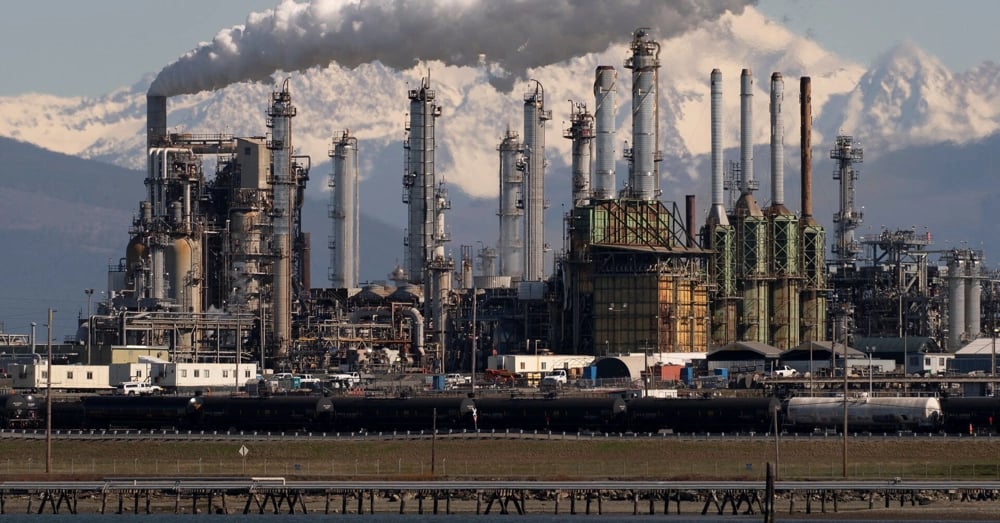
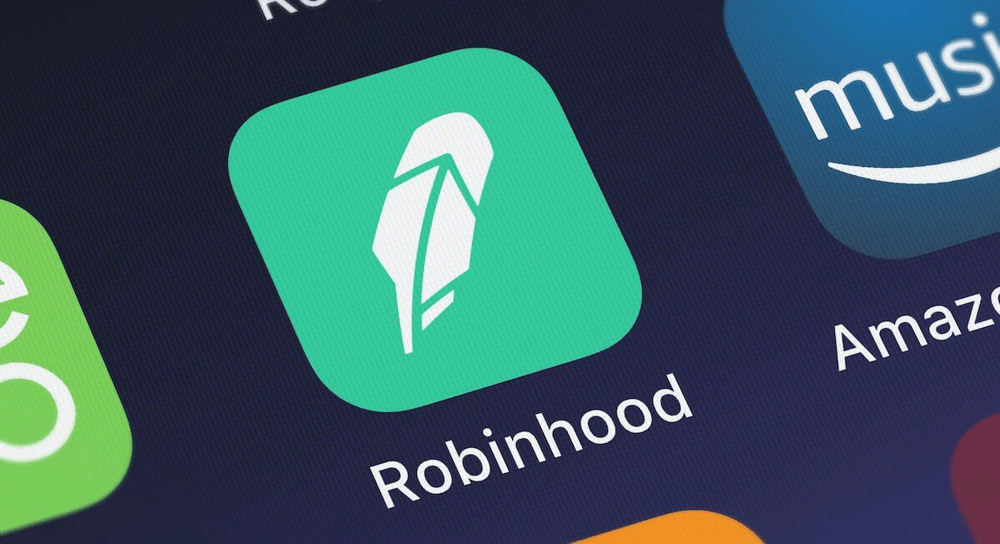



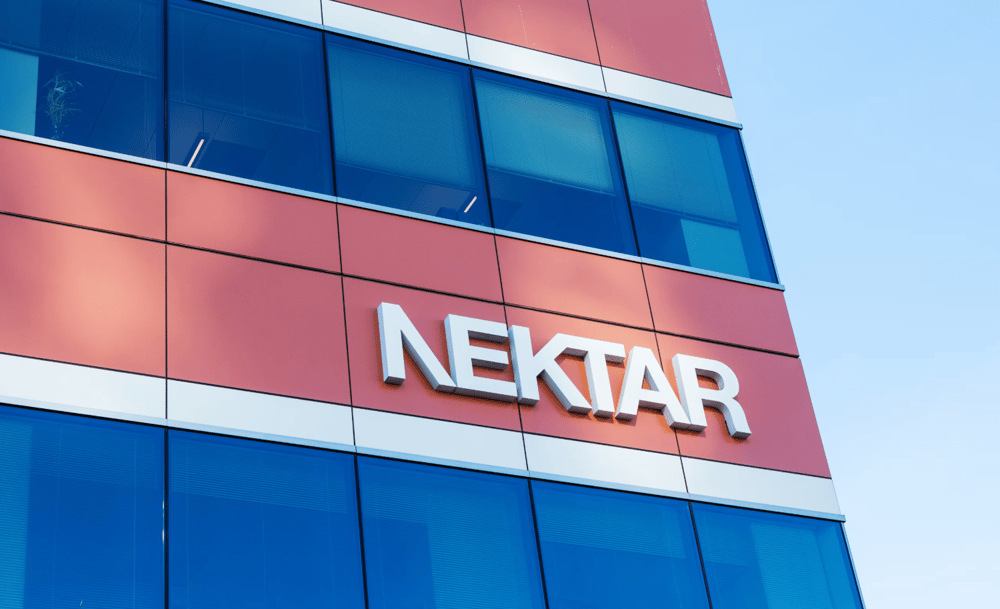
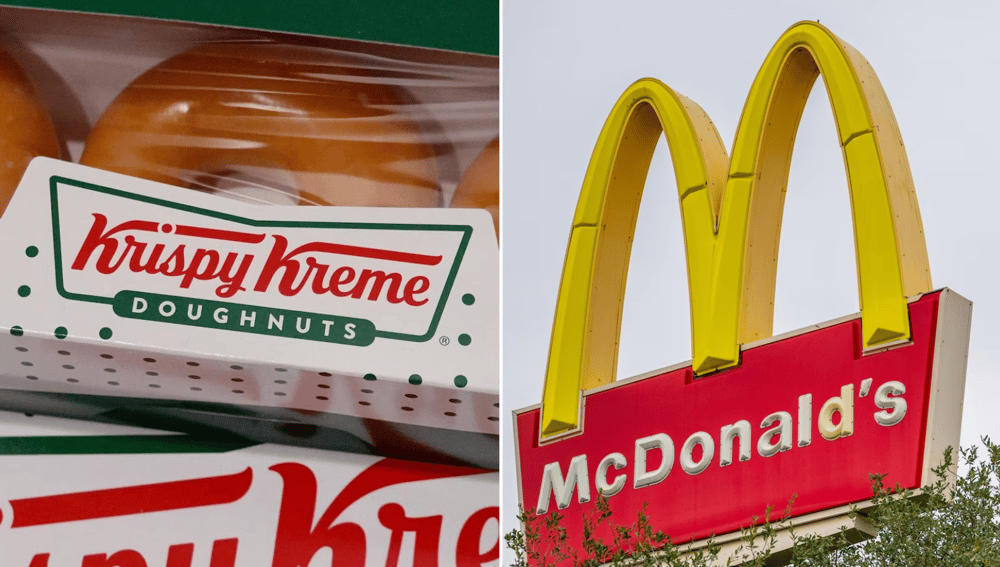
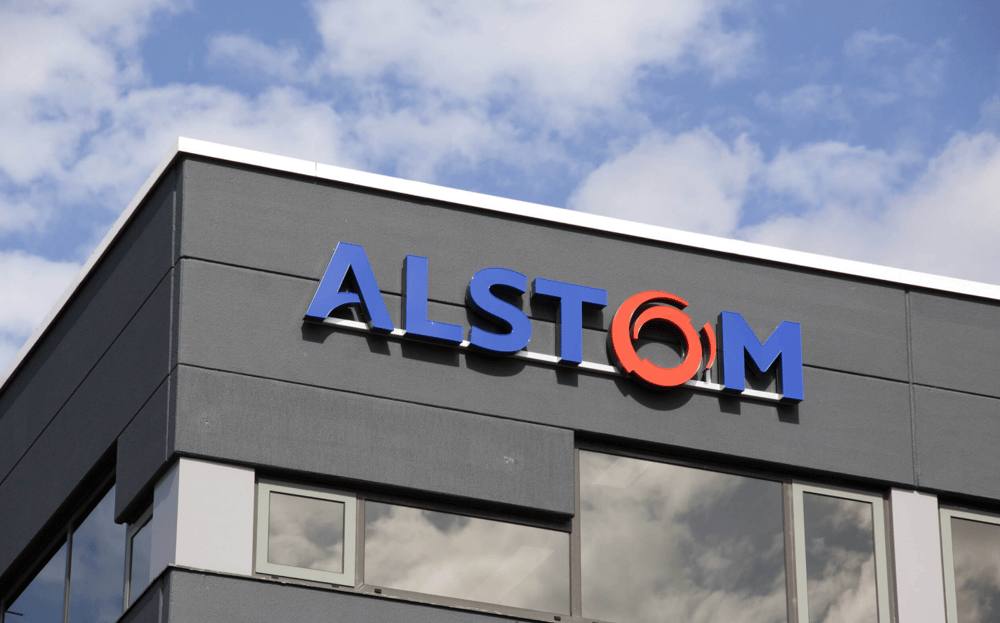
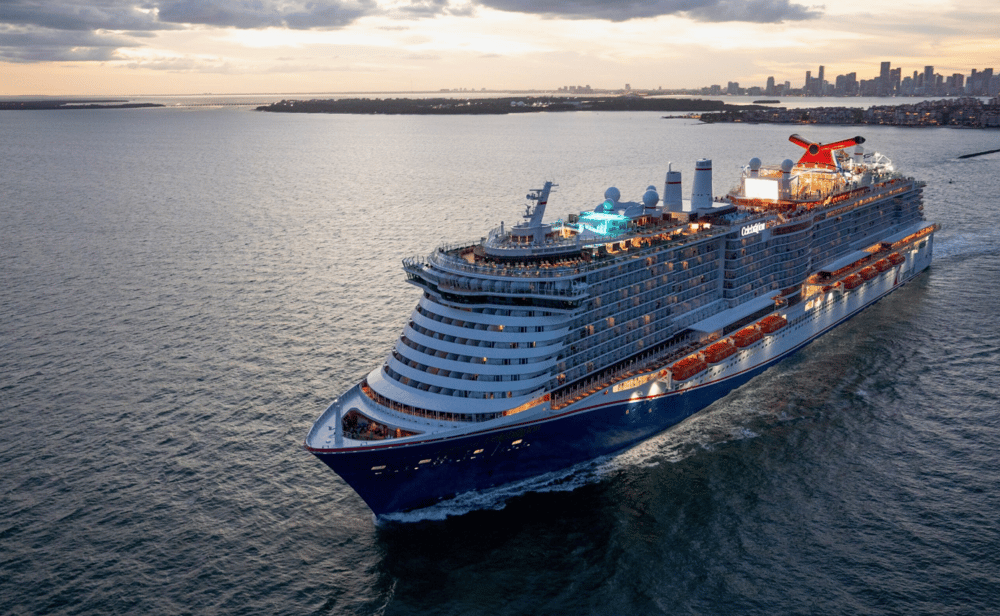
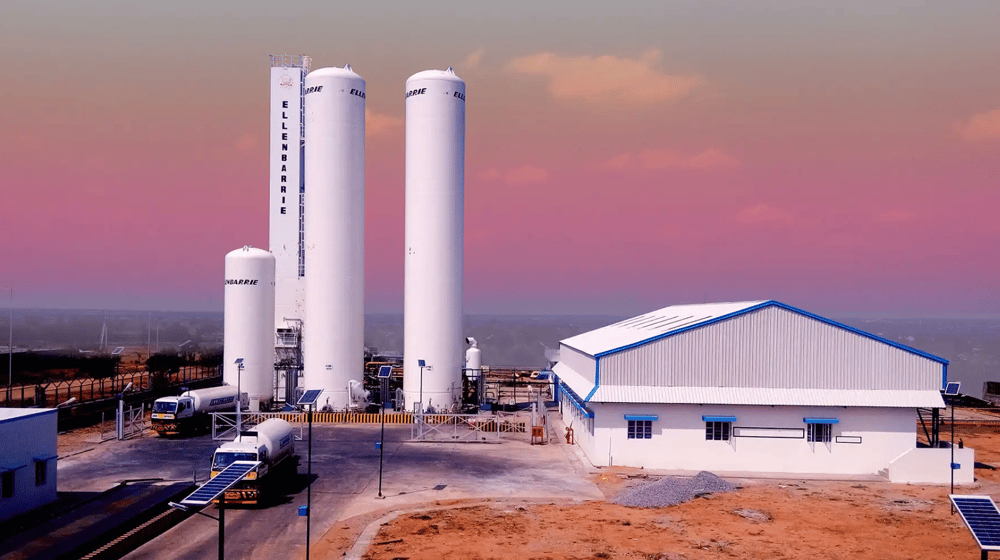

Comments
Embracing forward-looking investment tactics is paving the way for remarkable capital growth